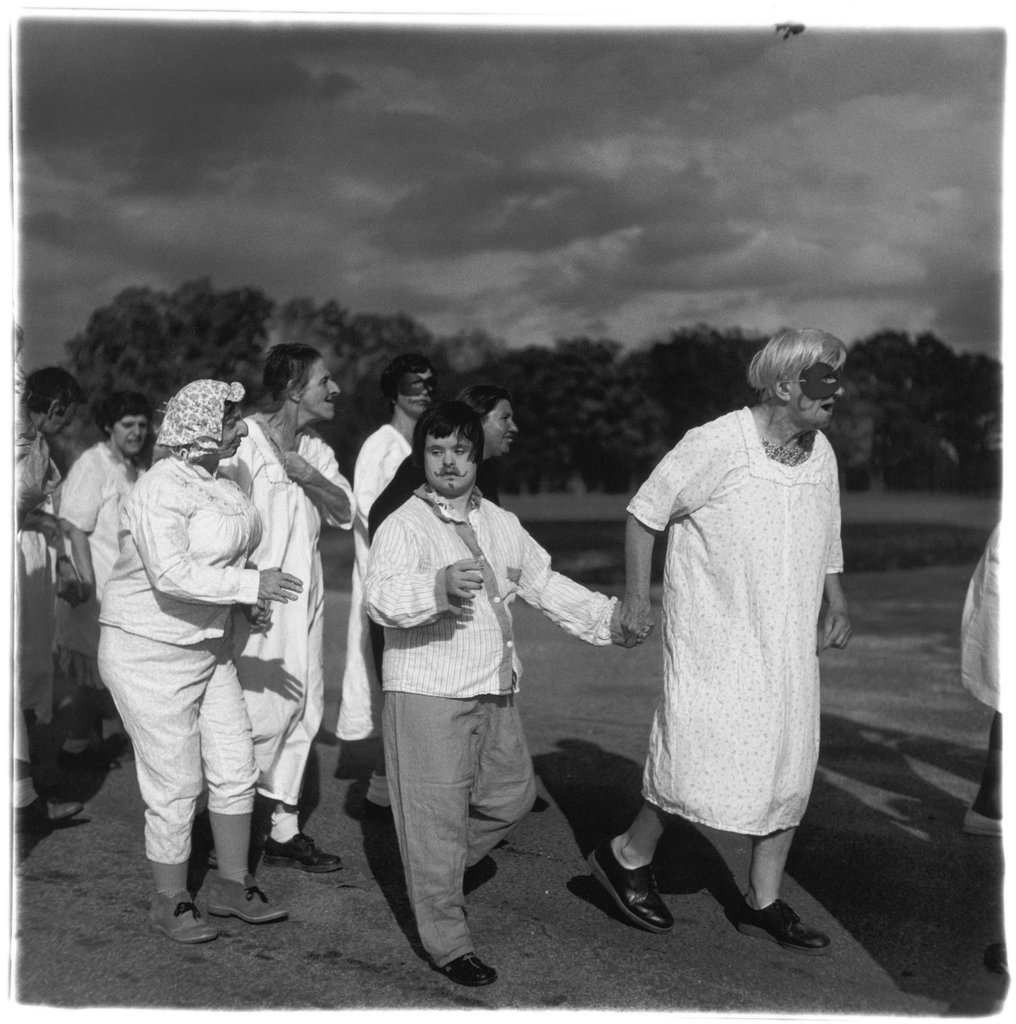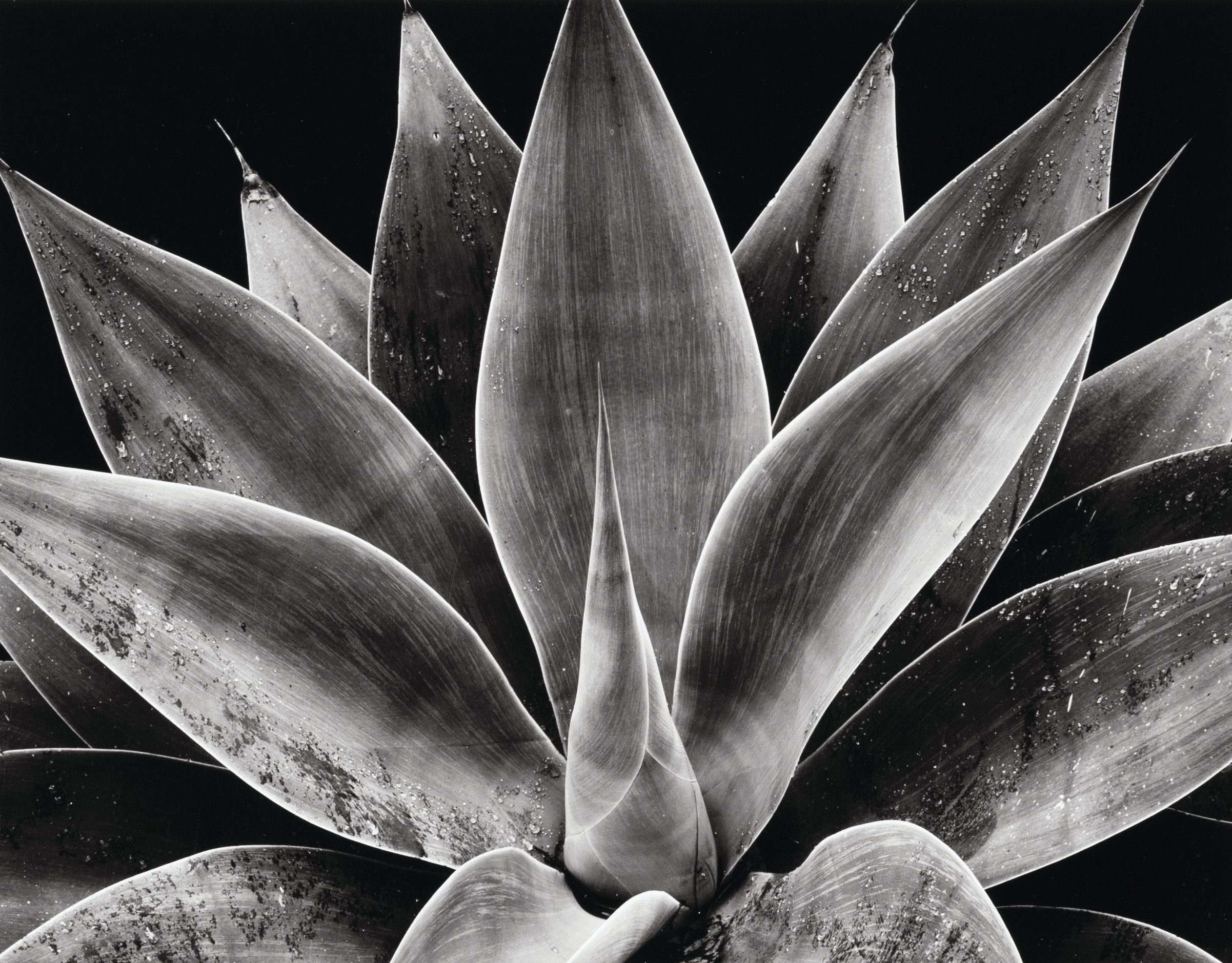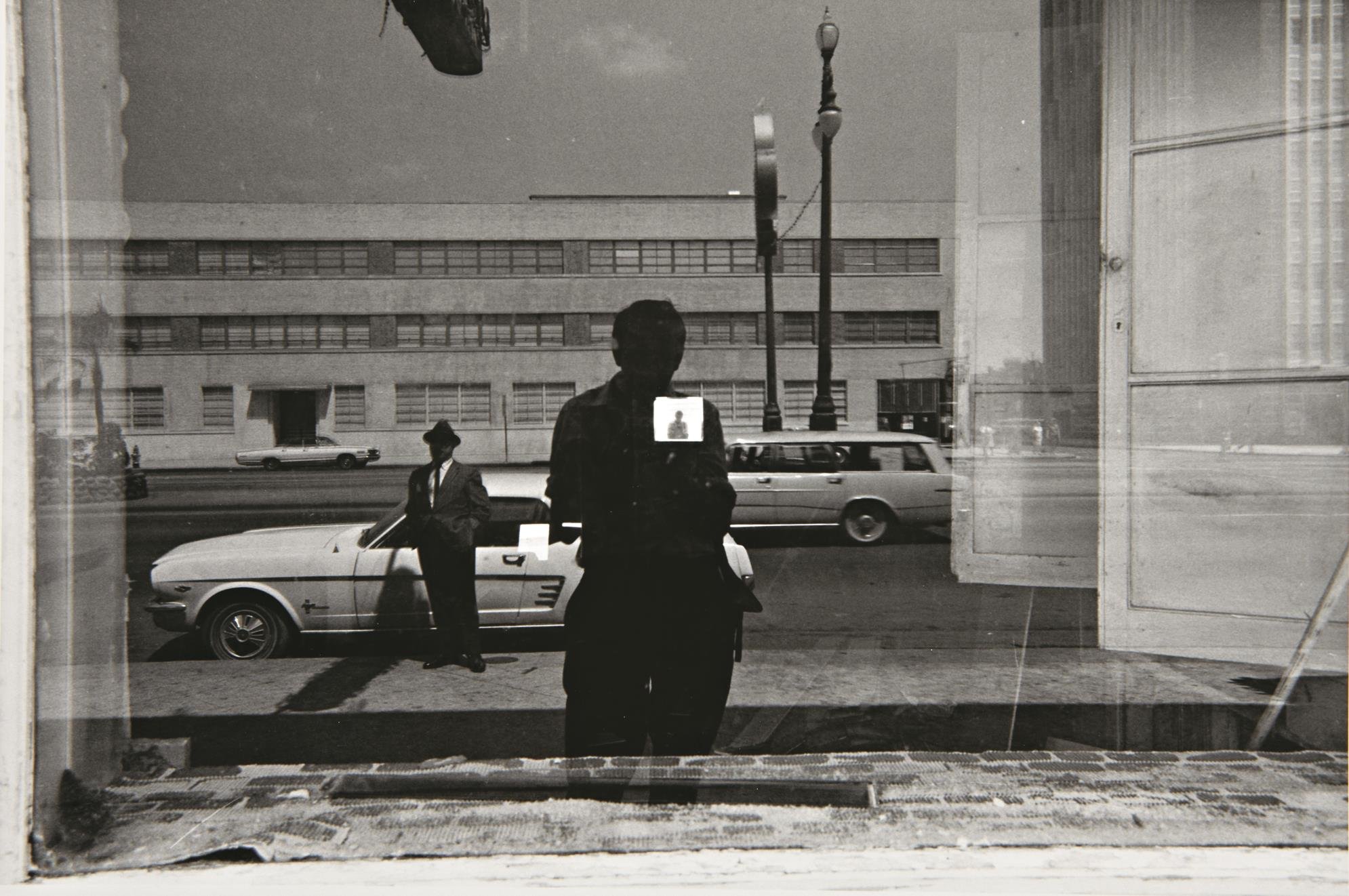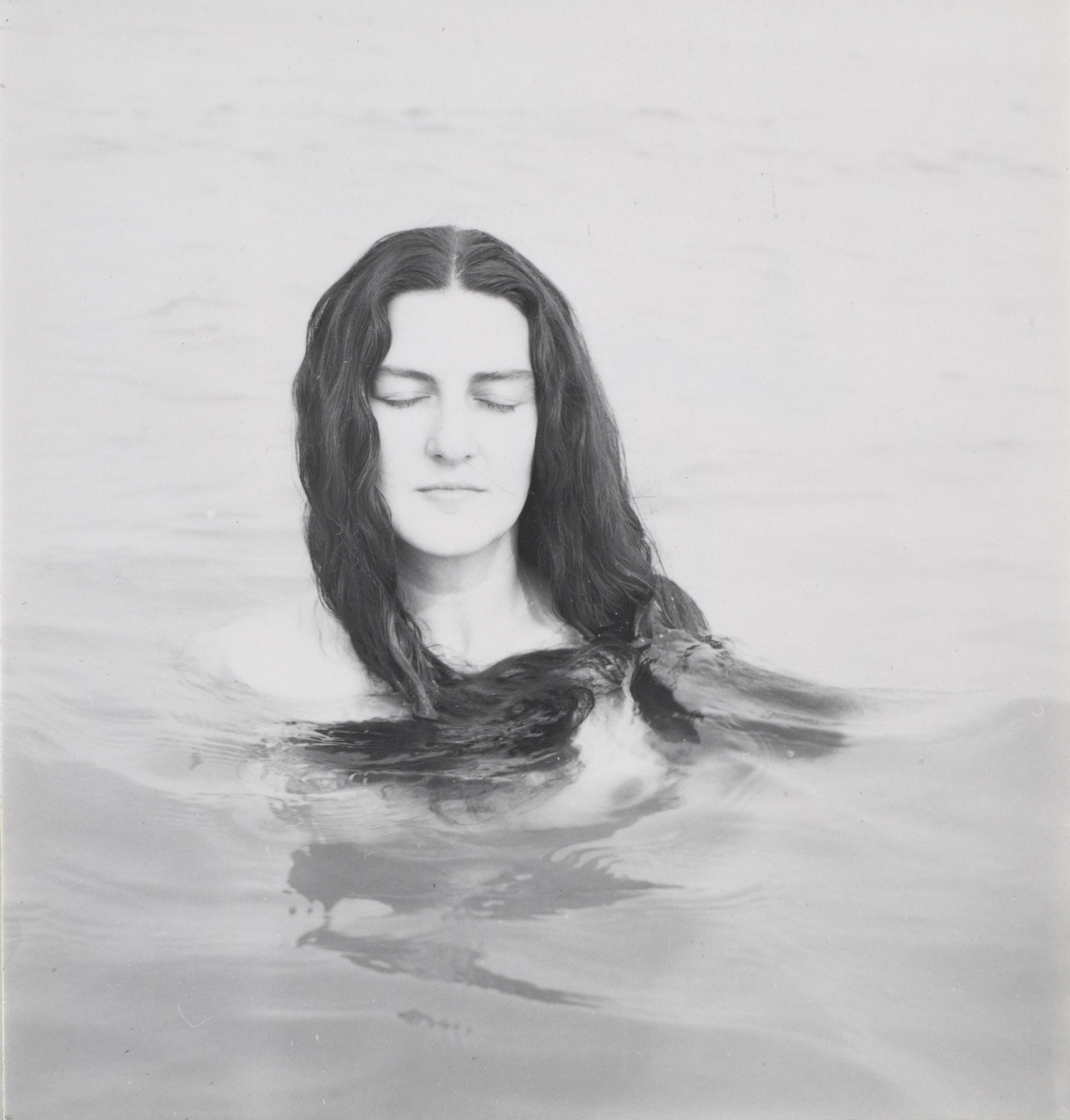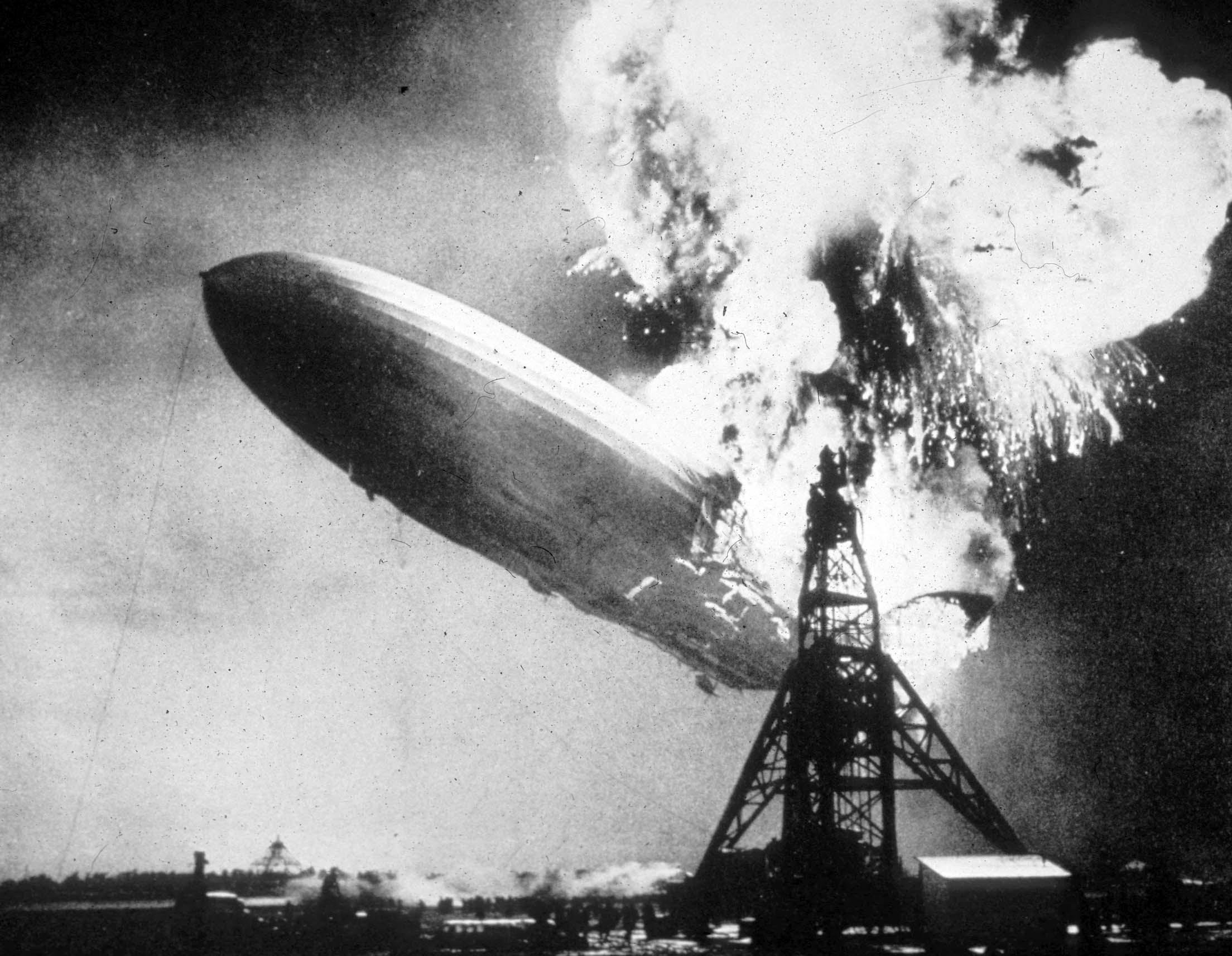An Intimate Gallery: SElections from the permanent collection
January 11 - February 26, 2022
1975
In 1975 Dan Biferie began his journey as an educator and gallery director at Daytona Beach Community College (DBCC). The Photography Program was heavily rooted in technical skills such as studio lighting and commercial photography. It was located in Baker Hall, which was also home to other vocational programs in graphic design, woodworking, small engine repair, dry cleaning, and printing.
At that time there was no exhibit space on campus for students to show their work, or to view the works of others for inspiration. Dan soon received a small grant that would allow him to build three cases in the hallway of Baker Hall to display photographs by regional photographers and students from other educational institutions. That was the humble beginning of the Southeast Museum of Photography, a seed that Dan and his wife and fellow artist, Kathy Horn Biferie, trace back to their unrealized dream to open an art gallery when they graduated together from Ohio University in 1974.
1977
By 1977, Biferie convinced DBCC's president, Dr. Charles H. Polk, that a more appropriate art space was in order. The DBCC Gallery of Fine Arts was carved out of the green room of the Goddard Center for the Arts that was under construction. Established primarily to serve students, faculty, and community members with a series of changing shows that would "enhance their photographic education," the gallery and its programs were designed for excellence. It would serve as a cultural center whose principal goal was to stimulate awareness of photography as a visual art together with its unique relationship to other art forms through changing exhibitions, lectures, workshops, seminars, artist-in-residence programs, and the acquisition and care of a permanent collection.
The 1,100 square-foot space was established with the requisite standards for exhibiting photography. Biferie faced the hurdle to fill the gallery with first class photography and create the distinctive photographic program he had envisioned. He now needed to attract the photographers and artists whose work, ideas and experiences he wanted to share with the college, students and photo community.
Initially, Dan and Kathy worked entirely as volunteers for their budding gallery project. In 1978, Dan was appointed director of the gallery, and Kathy was named its curator. Together they established an ambitious schedule of exhibitions, lectures, and workshops while preparing for the 1979 inauguration of the new gallery in the Goddard Center. They managed a small budget, organized an exhibition schedule and recruited students, alumni and volunteers to help out.
Soon after its opening, the gallery began to amass a collection of photographs that ranked among the finest in the state. In classic fashion, the first print - by internationally acclaimed Florida artist Jerry Uelsmann - was followed by gifts from other photographers, corporations and noted collectors including Ruth and Richard Shack of Miami, the Eastman Kodak Company, Morgan Press, and the Andrew Smith Gallery. The collection included contemporary and historical photographs by both artists and commercial photographers. By 1990 the collection had grown to more than 700 works by such photographers as Horst P. Horst, Richard Avedon, Henri Cartier-Bresson, Harry Callahan, Yousuf Karsh, Robert Rauschenberg, Lee Friedlander, Jerry Uelsmann, Mary Ellen Mark, and Arthur Rothstein.
During each of the twelve years under the Biferies’ leadership, a dozen or so shows opened in the DBCC Gallery of Fine Arts. And each year, an impressive roster of accomplished photographers and visual arts professionals - connected in some way with the program's featured medium, photography - presented lectures and workshops to ever-wider, ever-larger audiences. The gallery was presenting interesting exhibits featuring the works - and the presence - of the world’s greatest photographers, past and present, distinguishing it from other Florida institutions. The opportunities for the students from its programs were incalculable. Among the respected photographers who had chosen DBCC graduates as assistants were Jerry Uelsmann, Eddie Adams, Annie Liebovitz, Mary Ellen Mark, Ken Marcus, Burk Uzzle, Jack Mitchell and Arnold Newman.
In addition to its rotating exhibitions, the gallery organized four traveling shows, The Florida Document,” “Southern Exposures,” “Our Children to the South” and “Jack Mitchell: Photographs, 1960-1985.” The exhibits went on tour to other galleries and institutions nationally, including Harvard University, Butler Institute of American Art and the Organization of American States.
1989
By 1989, the gallery - one of just five photography-only museums in the nation at the time, had gained the attention of the national press as stories about it appeared in American Photographer, Art Papers, Camera Arts, Darkroom, Modern Photography, Popular Photography, Photographer's Forum, American History Illustrated, and other serious and widely circulated publications.
It had presented more than 500 exhibits and programs and, in the process, had earned a national reputation in the photographic community. The DBCC Gallery of Fine Arts was awarded state and national grants including a Museum Purchase Award from the National Endowment for the Arts, the Florida Division of Cultural Affairs and the Florida Endowment for the Humanities. In 1990, the gallery received a grant from the Institute of Museum Services: grant recipients were invited by Barbara Bush, former first lady, to a Rose Garden reception at the White house as honorees. President George Bush joined the ceremony, which was broadcast on national news.
During Dan and Kathy’s 12-year tenure, the gallery acquired more than $1,000,000 in grants, donations, gifts of art, and contributed services from both the public and private sector. Although the Biferies were not involved in the final arrangements for the museum, the project was their dream. They worked hard to make the dream come true. They rallied college and community support, planned the museum, helped get a $750,000 state grant to fund its construction and worked with architects to design it. Biferie continued working as a full-time teacher in the Photography Program in 1990 and in 1991 Alison Devine Nordström took the helm as the next director. In 1992 the Southeast Museum of Photography (SMP) officially opened its doors.
2007
In 2007, under the direction of Kevin Miller, SMP moved to a new, contemporary, multi-purpose complex at the main Daytona campus, directly on International Speedway Boulevard giving the museum a high profile in the community. The building was designed specifically to house the growing collection of the museum and offer plenty of wall space for exhibitions. Former directors, Juliana Romnes and James Pearson, and Erin Gordon, SMP’s present director, continued to lead the museum and expand its programs and collections in the 43 years that followed the founding of the DBCC Gallery of Fine Arts in 1979.



